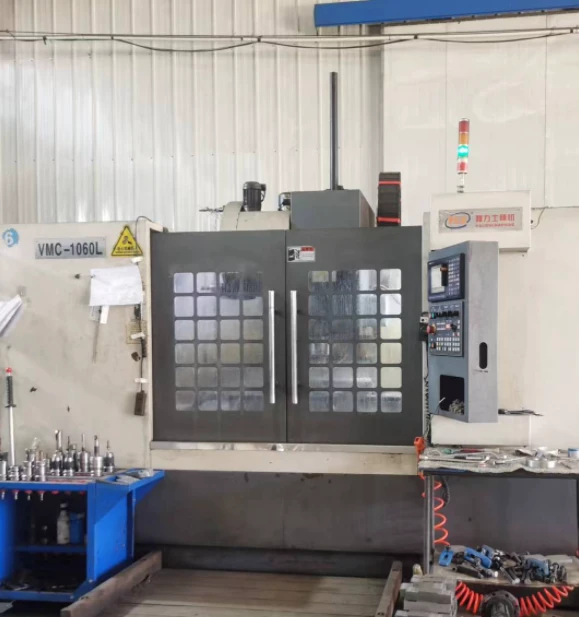decoiler parts
Understanding Decoiler Parts Essential Components for Efficient Operation
Decoilers are indispensable machines in various industries, particularly in metal processing and fabrication. Their primary function is to unwind coiled material, such as steel, aluminum, or other metals, allowing for streamlined manufacturing operations. To ensure a decoiler operates efficiently, understanding its components is crucial. This article will explore the essential parts of a decoiler and their significance in enhancing productivity and material handling.
1. Mandrel
At the heart of every decoiler is the mandrel, a cylindrical component that holds the coil in place and allows it to unwind smoothly. Mandrels come in various designs, including fixed and expandable types. Expandable mandrels can accommodate coils of different diameters, making them versatile for handling various materials. The ability of the mandrel to securely grip the coil while allowing it to rotate freely is vital for preventing material damage during the unwinding process.
2. Frame Structure
The frame structure of a decoiler serves as the backbone of the machine, supporting all other components. Made typically of robust steel or aluminum, the frame must be sturdy enough to withstand the weight of heavy coils while providing stability during operation. A well-designed frame minimizes vibrations and ensures that the decoiler operates smoothly, contributing to the quality of the final product.
3. Drive System
The drive system is crucial for controlling the speed and torque of the decoiling process. It usually comprises a motor, gears, and belts or chains. This system allows for precise control over the unwinding speed, accommodating different types of materials and production requirements. A well-functioning drive system ensures that the material is unwound smoothly, reducing the risk of tangling or damage.
4. Feed Rollers
decoiler parts

Feed rollers play a critical role in guiding the material as it unwinds from the coil. They help to maintain consistent tension and alignment, ensuring that the material is fed accurately into subsequent processing equipment such as shears, punches, or rollers. The design of the feed rollers, including their surface texture and diameter, can significantly affect how well the material is handled. Properly adjusted feed rollers minimize the risk of slippage or misalignment, ultimately enhancing production efficiency.
5. Tension Control System
One of the most vital components of a decoiler is the tension control system. This system regulates the tension at which the material is unwound, preventing slack or excessive tension that could cause material defects. By maintaining optimal tension, the decoiler helps to deliver a consistent feed rate, which is essential for high-quality production output. Various technologies, such as pneumatic or hydraulic systems, can be employed to achieve precise tension control.
6. Safety Features
Safety is paramount in any industrial operation, and decoilers are no exception. Essential safety features include emergency stop buttons, guards to protect operators from moving parts, and sensors that detect irregularities in the coil or material movement. Implementing these safety measures minimizes the risk of accidents and ensures compliance with industry regulations. By prioritizing safety, companies can maintain a productive work environment while protecting their workforce.
7. Control Panel
The control panel is the operator's interface with the decoiler. It allows for adjustments to be made across various settings, including speed, tension, and operational mode. An intuitive control panel enhances the ease of use and can significantly reduce the learning curve for new operators. Advanced systems may feature digital displays, programmable settings, and connectivity options for remote monitoring, all of which contribute to the machine's efficiency.
Conclusion
Decoilers are vital machines that facilitate the efficient handling of coiled materials in various manufacturing processes. Understanding the essential parts of a decoiler, including the mandrel, frame structure, drive system, feed rollers, tension control system, safety features, and control panel, is crucial for optimizing its performance. By ensuring that each component functions seamlessly together, manufacturers can achieve higher productivity, improved product quality, and greater safety in their operations. Whether you are investing in a new decoiler or maintaining an existing one, keeping these components in mind will be beneficial for long-term success.
-
High Frequency Straight Seam Welded Pipe Production Line-BzZhou Xinghua Machinery Equipment Manufacturing Co., LTD.|line pipe steel&welded gas pipeNewsJul.30,2025
-
High Frequency Straight Seam Welded Pipe Production Line-BzZhou Xinghua Machinery Equipment Manufacturing Co., LTD.|High Precision&Automated SolutionsNewsJul.30,2025
-
High Frequency Straight Seam Welded Pipe Production Line - BzZhou Xinghua Machinery Equipment Manufacturing Co., Ltd.NewsJul.30,2025
-
High Frequency Straight Seam Welded Pipe Production Line-BzZhou Xinghua Machinery Equipment Manufacturing Co., LTD.|Precision Welding, High EfficiencyNewsJul.30,2025
-
High Frequency Straight Seam Welded Pipe Production Line|BzZhou Xinghua|Precision Welding&EfficiencyNewsJul.30,2025
-
High Frequency Straight Seam Welded Pipe Production Line - BzZhou Xinghua|Precision Engineering&EfficiencyNewsJul.30,2025


